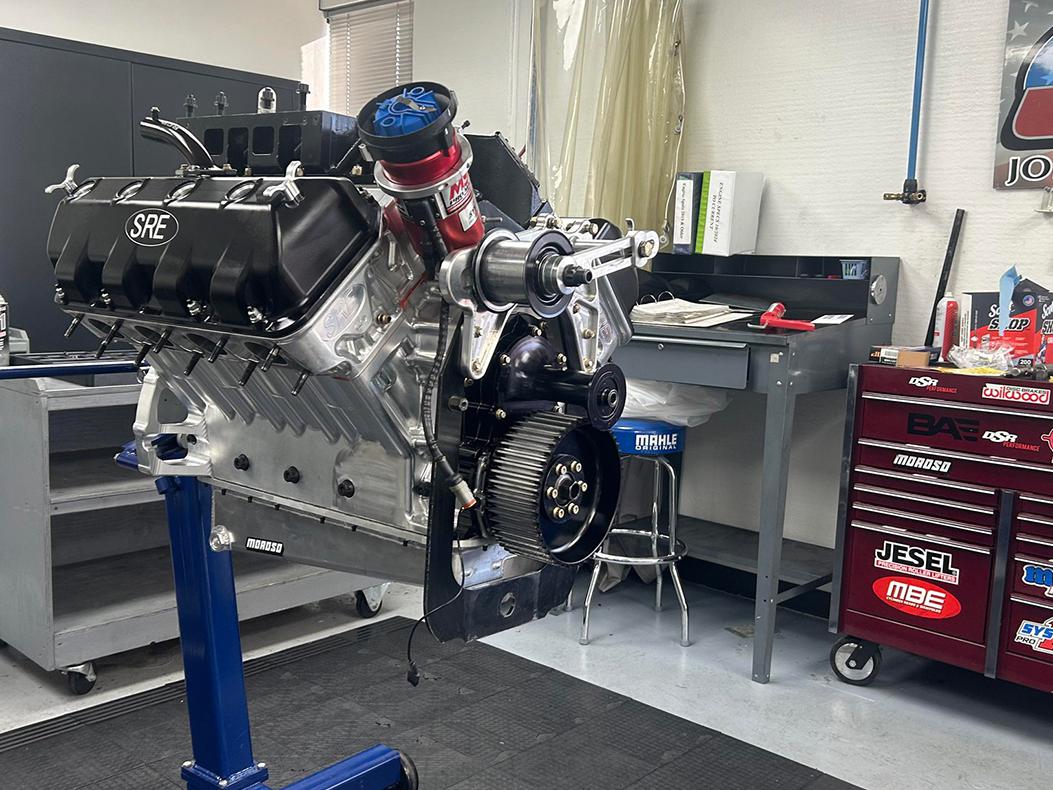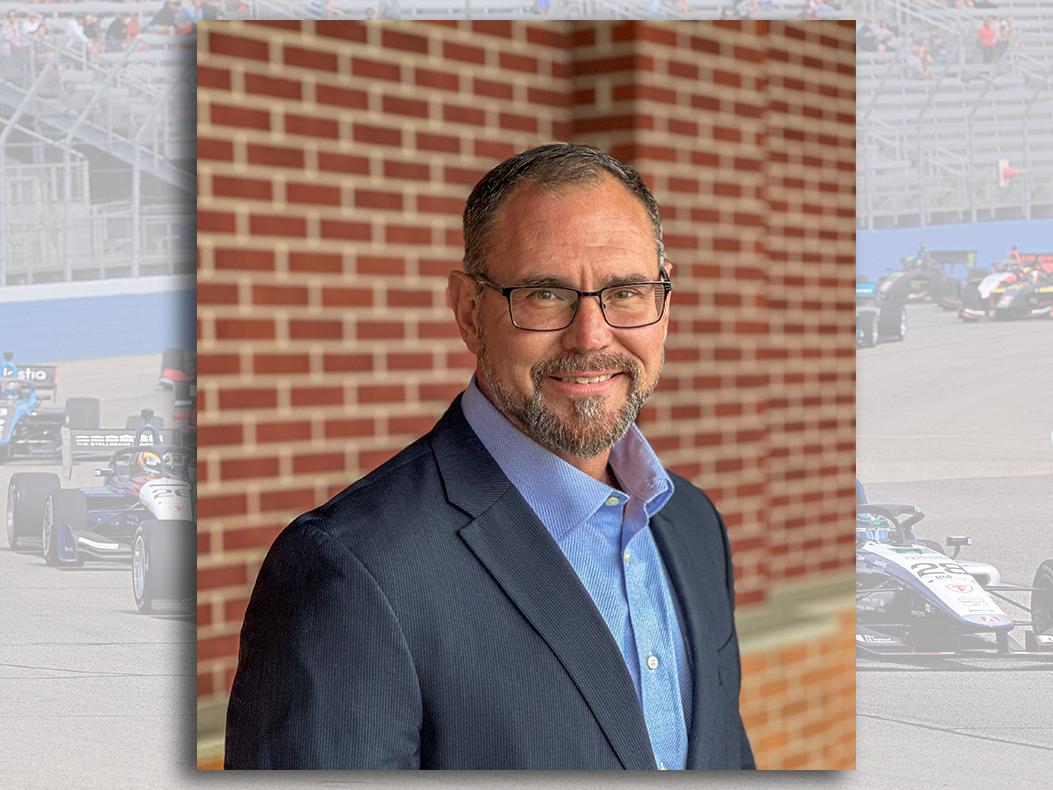Industry Insights: Alberto Longo
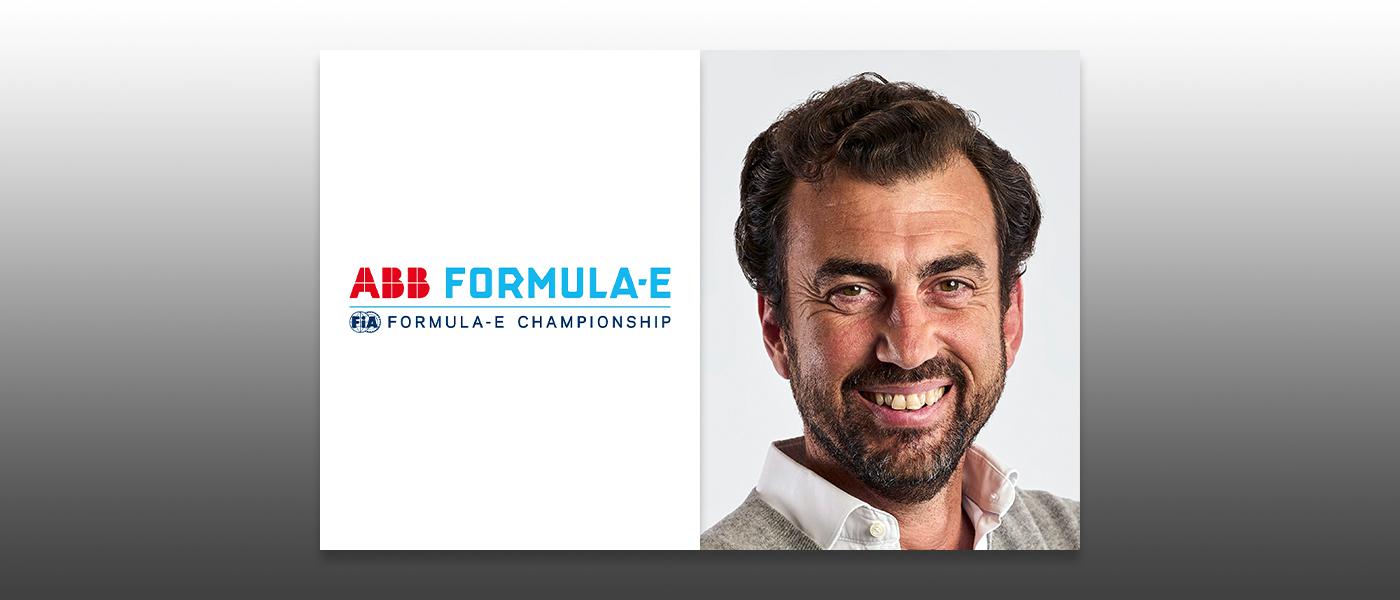
Photos courtesy of FIA
Alberto Longo was considered a “visionary” just a decade ago when it came to electric formula car racing. In that short period of time, his ABB FIA Formula E World Championship has led the way—along with a variety of manufacturers—in developing not only EV race technology but advancing motorsports technology as a whole.
There aren’t many people who go from a successful career in banking and law to founding and managing a world championship racing series, but that’s what Alberto Longo did. After graduating from the Universidad de Sevilla in Spain, Longo worked for Banco Santander and as a partner in his family’s law firm. But then his cousin Alejandro Agag approached Longo with a plan to promote FIA Formula 1 racing on Spanish television. The partners were successful in that venture and soon set their sights even higher.
Longo and Agag purchased the Campos Racing GP2 team in the FIA Formula 2 series and changed its name to Barwa Addax. Longo served as team principal and raised money for the effort, winning two team championship titles, and they finished second as a team three more times.
After learning the ropes of an FIA series with a global schedule, Longo and Agag met with FIA president Jean Todt and created the world’s first and only all-electric racing series for open wheel formula cars, known as the ABB FIA Formula E World Championship.
The series held its first race in Beijing in 2014. In the first few seasons, each driver had two cars because the batteries would not deliver enough distance for an FIA championship race. The drivers would pit mid-race and change cars. The Formula E series is now on its third vehicle design, and the cars now have plenty of power to finish an hour-long race. Additionally, the series uses innovative strategic elements such as Attack Mode, which gives drivers a little extra power for a limited time. This is similar to “push to pass” and Alternate Red tires used in IndyCar racing.
Formula E has just wrapped up its ninth season, and it’s more successful than ever. Automakers such as Nissan, Porsche, McLaren, Maserati, Jaguar, and Mahindra are involved, with established racing organizations including DS Penske and Avalanche Andretti fielding teams. With races in Europe, India, Africa, South America, Indonesia, and in the United States, Formula E is a growing force in FIA racing. PRI Magazine caught up with Longo in Jakarta, Indonesia, where the 10th and 11th races of the season were held.
PRI: You’ve been with the Formula E championship since the beginning. How has it evolved over the past nine years?
Longo: I think technology plays a key role, and the event calendar. Technology is important, and the calendar is so visible. The more big cities that we go to, the perception of the championship is growing. Those are the two main things we needed in order to see progress.
The technology of the cars is also important because obviously you need to attract manufacturers. We were born with the idea of attracting manufacturers, but at the beginning we had a generation-one car where you needed two cars to win the race. The technology and the range of the batteries clearly wasn’t there yet, but we thought that it was important to kick off with this championship as soon as possible. The biggest barrier of penetration for the electric vehicles back then was the range of the battery.
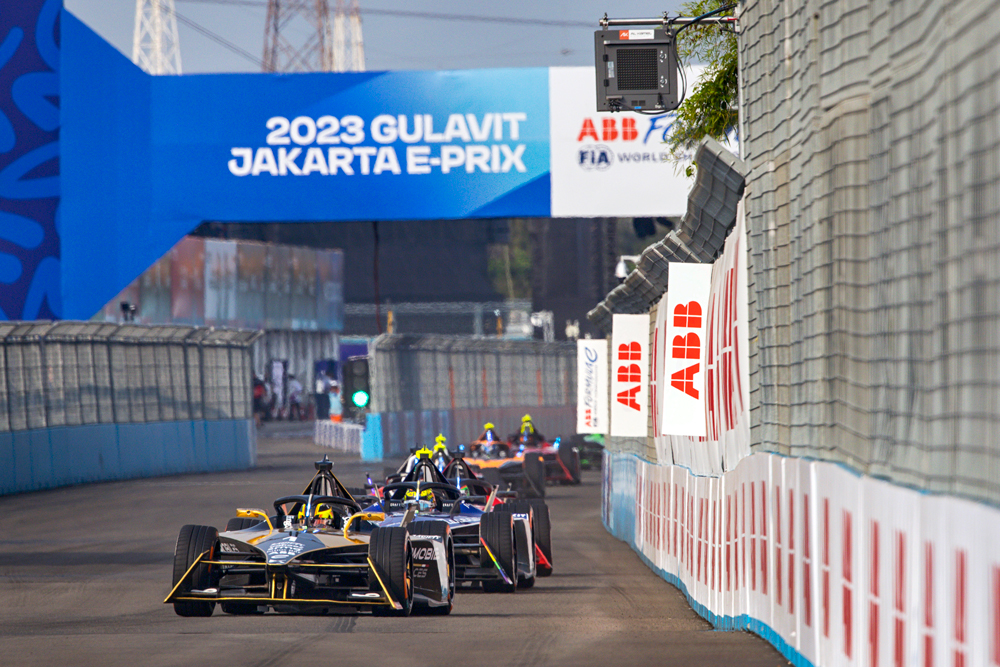
PRI: What was the biggest challenge to getting the series going?
Longo: Back then, it was showcasing that you can actually do a very exciting and fast race with an electric car. That was a very good idea, but you needed two cars. It was conceptually a little bit of a challenge, but we had a very clear road, and this is what the manufacturers bought into. Having the first manufacturer sign up for Formula E, they bought into the idea that we know we are using two cars now, but you know, in four years we’re going to be able to double the capacity of the battery to do the same length of races. Now it’s a much faster car, it’s a much lighter car, and we use only one car instead of two.
So you can see the impact of that technology. Then from the second-generation car to the third-generation, we thought that the most important thing was obviously fast charging, in order to mitigate the barrier of the battery. You have two factors, whether you have a bigger battery that can actually last for longer or you can actually charge the battery. Those are the two elements that can make it work.
We were focused on the battery in generation two and on the charging on the generation-three cars. Now our cars are charged by an ABB charger from zero to a hundred in 43 minutes. With our ultra-fast charger, it can charge 10% in only 30 seconds. Technology today is telling us that you can have a charger that can charge your car from 0 to 100% in seven to eight minutes. That’s actually the same time it takes for you to refuel your car.
PRI: You mentioned manufacturers earlier. Over the years, you’ve had manufacturers join and leave the series. How do you provide value to manufacturers so that they want to keep coming back season after season?
Longo: Well, we must be doing something good because they keep asking to come back! There is a lot of appetite to be involved in the greater formula, to be part of this family. Obviously, we’re the only formula from FIA that promotes electromobility. And we know that electromobility is not the future of mobility, it’s the present. You’re seeing a lot of different manufacturers that have already announced that by 2025, some of them 2030, and most of them by 2035 are not going to manufacture any more internal combustion cars. They are definitely seeing the value of our platform to promote their new technologies. We like to say that track-grown technology is what we do. They use Formula E as a test bed in order to transfer all that knowledge and experience to the factory. That’s the biggest value. We provide return on investment.
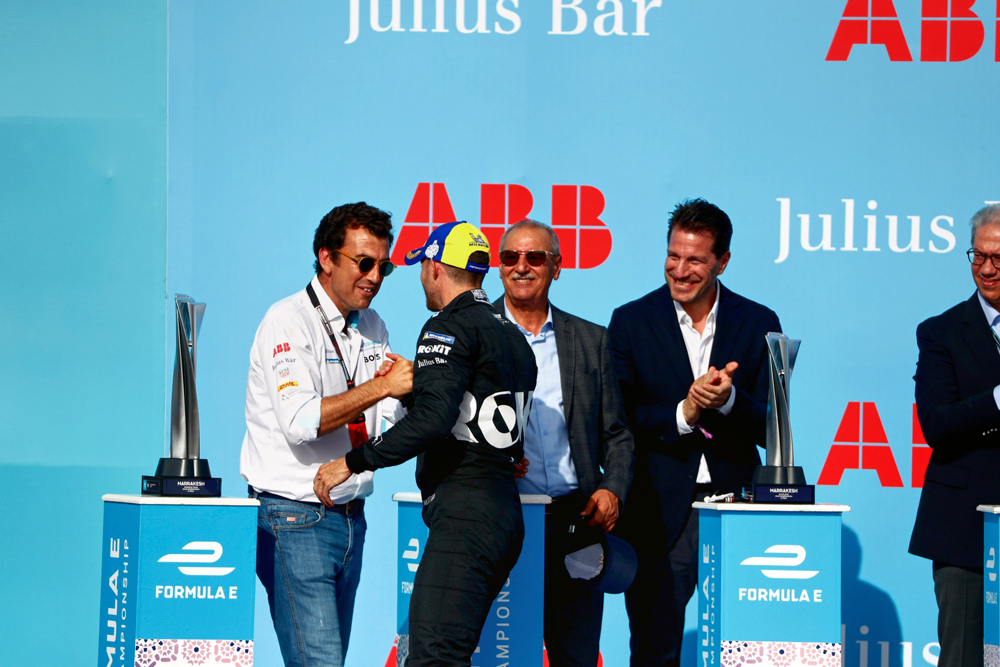
PRI: How about your audience? How has your fan base grown?
Longo: Massively. Our latest number is 381 million in TV viewership last year, which was something like 20% more than the year before. This year is looking really good. We are also growing the live audience, where we had more TV viewers in the past. Now we have a lot more live audience, and that tells you that we have more avid fans than before. People actually put our race on their agenda. I think we are 85% above last year already in the first nine races that we have done. You can see all the races that we have done up to today packed, sold out. For the two that we’re going to do here in Jakarta, we’re expecting to have 60,000 people each day, 120,000 people over the weekend. That has happened constantly since we launched the Gen Three car.
PRI: How has the Gen Three car changed the series?
Longo: The car provides a lot of overtakes. I think it’s over 115 overtakes each race. I always use the example of Monaco because if you think about another FIA championship that goes there as well, they don’t do as many overtakes. They do one or two. We do 110, and that’s how exciting our racing is. We had 196, I think it was, in Brazil, and 11 changes of leaders. We look more like Moto GP, and that’s absolutely exciting. People are really having a lot of fun watching our races, which is all about entertainment.
PRI: Is there a way that non-FIA racing organizations can leverage the technology and the learning that you are developing in Formula E?
Longo: Well, that’s a very good question, but it’s more for the manufacturers. The automakers and teams develop the technology for the cars. For the Gen One car, we were the ones doing all the research and development. From Gen Two onwards, the manufacturers are the ones who are developing the car.
PRI: You mentioned very fast charging that is enabled on the Formula E cars. Is that feeding back to the automakers that are sponsoring teams? Are they getting access to that so that they can make their street cars faster charging?
Longo: For sure. We are the test ground for them, and I can give you clear examples. Nissan’s motor is actually 180% more efficient than before, because of the development that was done for Formula E on the software. So that’s the value that they get. This is one of the key elements of why we have so many manufacturers: because they invest in the software here, and the end goal of the software is basically to control the power and the energy and make it more and more efficient. The software controls absolutely everything. So the better software you have, the more efficient your car is, and the less battery you use, which puts you in the lead.
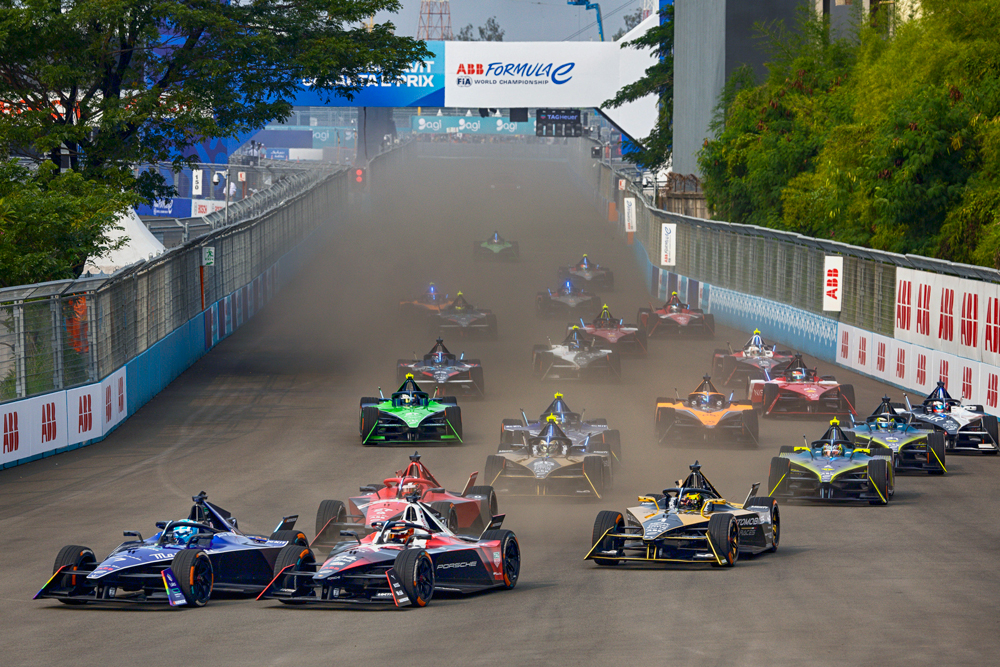
PRI: Formula 1 has announced greater use of the hybrid system for the next year. Will Formula E battery technology or software be used in Formula 1?
Longo: No, there is no other championship that we can transfer our technology to. Is that something that we’ll be looking into in the future? We need to ask the manufacturers about that, because they own the electric motor and software development.
PRI: Where do you see Formula E in another 10 years?
Longo: What do you want me to say there? We obviously want to be the pinnacle. That’s the goal, but always with our mission, which is very, very clear. We want to be racing in more cities, we want to have more manufacturers. We are going to be doing more spectacular events. Having a show continuing to grow year on year to become a tier one sport.
PRI: I notice that Formula E drivers tend to be very young. Do you have a younger group of drivers than Formula 1?
Longo: Definitely, we are something like 11 years younger on the driver’s side, it’s true. We have a mix, you know, because we have a lot of drivers who are experienced, and who have been in the championship from day one, so now they’re 10 years older. Definitely there are new people coming into the championship. We had the Formula 2 champion with an offer to go to Formula 1, but he decided to come to Formula E. That was a really good thing. It’s pride for us to have those drivers come into Formula E instead of going the traditional route.
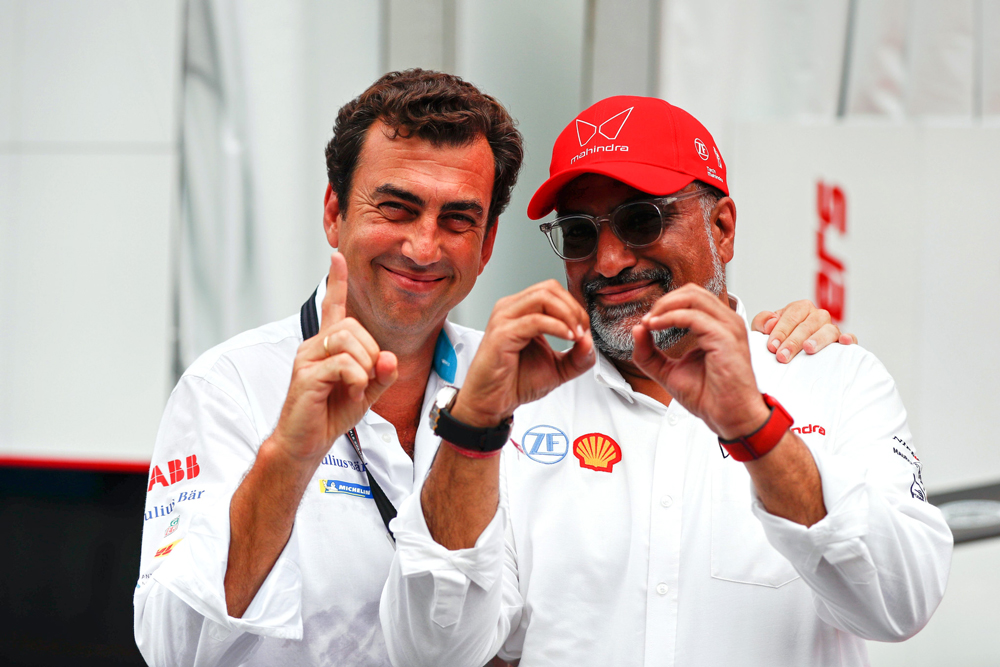
PRI: Electric vehicles can be hard to sell in America. What is your message to all the people who are in the racing business in America? Not the drivers or fans, but the people who are building cars and making tires and everything else. How can they participate or leverage what you’re doing in their own business?
Longo: I think that the most important thing, first of all, is to state where we are today. Where we are today is a world which is going electric already. The reality is that we have the experience of getting all those manufacturers, all those different suppliers, and all the challenges that we have faced because the technology was totally nonexistent. We built all this from scratch. People would say that we were totally crazy doing a full electric championship, because the batteries would never cope with the temperature. It was challenging, obviously, but we got there. When we started this, people used to call us visionaries, but today it’s a fact.
So for all these industries related to motorsport, what I tell them is, we slowly need to start swapping into electric. With something like tires, you can change manufacturers or compounds, but it’s all pretty much the same. But there are all these other components, like the software or the powertrain or the battery where the technology is still, I would say, at about 5% to 10% of what’s going to be coming in the next five to 10 years. If someone would have told me when we started this that we were going to have a charging capacity of 600 kilowatts or battery power output of 800 kilowatts, I would have said that they were crazy. It’s only eight years later that we’re producing that.
Now that’s going to the mass market. So what’s going to come in the next three or four years? Because this is exponential, you’re going to be seeing cars that have a range of 1200 kilometers (750 miles). And you’ll be capable of charging your car in three or four minutes. That will totally change mobility in the world.
Then, motorsport is driven by manufacturers, and manufacturers are not going to have an economic interest in combustion. Like it or not, it’s going to happen. I don’t know if it’s going to be seven years, 10 years, 15 years, whatever. But really, we are in the right spot.
 MEMBERSHIP LOGIN
MEMBERSHIP LOGIN JOIN PRI
JOIN PRI

